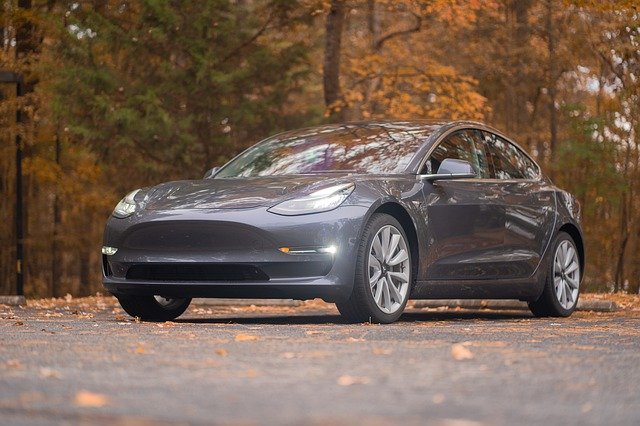– Contributed content –
24 Mar. 2020. Driverless cars are where the auto industry is headed but is the world ready yet? Plenty of vehicles already have some automated features for example navigation, and collision detection to help with parking. The technology is still being developed nevertheless and people are still a bit wary of self-driving cars and their level of safety. Once the automated driving system, (ADS) technology has been perfected however they are proposed to not only reduce accidents but have other benefits.
At the moment the designs of driverless cars vary. There are levels of human involvement from the driver. Most of the models on the market still require a fair amount of control from the driver but have several automated features. Tesla has released semi-autonomous cars which can do quite a lot automatically. This is by using the Autopilot system. The latest models offer some automated features already and come with the promise that later it will be possible to upgrade them to full self-driving capabilities in the future. The software itself is set up so that it can be programmed to be updated when the technology is released on the market.
The technology at the moment is based on surround cameras, ultrasonic sensors, and an enhanced processing radar, that boasts that it can detect data even through harsher weather conditions. The technology, therefore, is stated to work better than human senses. Ford is planning a range of driverless cars for 2021. They plan to employ radar technology, 3D mapping, and camera sensors to produce a car with no need for human intervention. Many investors and scientific researchers are involved in the project.
But what are the pros and cons of driverless cars? At the moment the technology has yet to be perfected and isn’t quite good enough for the commercial market. This makes many consumers feel uneasy about being the first ones to test this new breakthrough in the way people travel. The end result, however, is that self-driving cars will eventually be much safer than human drivers. They will eliminate drink driving, the car won’t get tired and will always be programmed to obey traffic laws. They also have a wider vision, better understanding and quicker processing of their surroundings, and therefore much faster reaction times.
Of course, there is the fear that they could malfunction, and what about other drivers, such as motorbikes? This could cause accidents and bring about complications, in which motorcycle accident laywers, Rosenfeld Law would have to step in. There have been a handful of reported accidents with semi-autonomous cars, but again this number is much lower than that of accidents caused by human drivers.
Another benefit of driverless cars is that they save the driver and passenger a lot of time. There will be no need to stress as much about your commute and you can sail to work without worrying. Even though many people are a little afraid of this new concept, once the technology is free of limitations, there will be plenty of advantages.
* * *


 RSS - Posts
RSS - Posts
You must be logged in to post a comment.